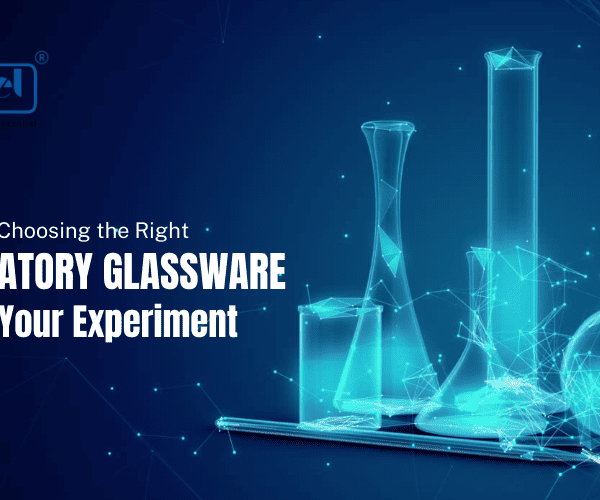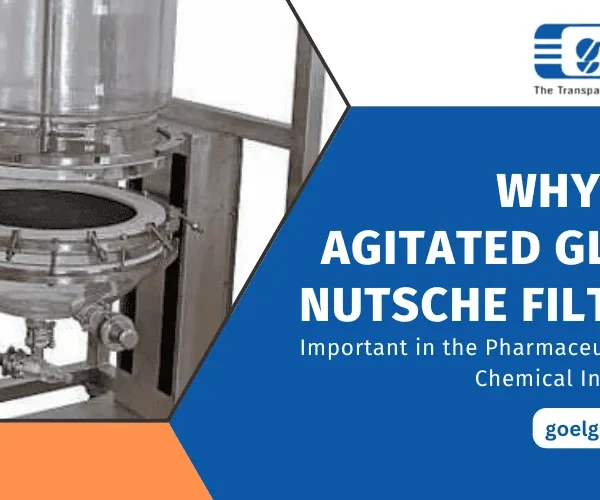In the dynamic world of industrial processes, ensuring safety and efficiency is paramount. One critical component that often goes unnoticed but plays a vital role in maintaining safety standards is the Industrial Sight Glass. This often-underestimated device serves as the eyes of the operation, allowing operators to monitor critical processes and equipment. In this article, we will delve into the significance of industrial sight glasses and their crucial role in industrial operations.
The Eyes of the Operation
What is an Industrial Sight Glass?
An industrial sight glass is a transparent or translucent window that is installed in a process vessel, pipeline, or container. It provides a view into the interior of the equipment, allowing operators to visually inspect the contents, flow, and condition of the materials within. These sight glasses are made from various materials, including glass, acrylic, or polycarbonate, and are often mounted within a protective frame.
The Role of Industrial Sight Glass
- Monitoring and Inspection: The primary purpose of industrial sight glass is to provide real-time visual access to critical processes. This allows operators to monitor the flow, levels, and condition of liquids or gases, ensuring everything is running smoothly.
- Safety: Industrial processes can involve hazardous materials or high-pressure systems. Sight glasses offer a safe means of observing these processes without the need to open containers or pipelines, reducing the risk of accidents.
- Quality Control: In manufacturing, ensuring the quality of the product is essential. Sight glasses enable operators to spot defects or irregularities in real-time, ensuring that products meet quality standards.
- Process Optimization: Monitoring processes with sight glasses allows for immediate adjustments to be made. This optimization can lead to increased efficiency and reduced downtime.
Types of Industrial Sight Glasses
Industrial sight glasses come in various types to suit different applications. Here are some of the common variations:
1. Tubular Sight Glass
Tubular sight glasses are cylindrical in shape and provide a clear view of the process through the round window. They are commonly used in pipelines to monitor fluid flow.
2. Flat Sight Glass
Flat sight glasses are rectangular or square and are often used in tanks and vessels. They provide a flat viewing surface and are ideal for observing liquid levels.
3. Reflex Sight Glass
Reflex sight glasses have a prism molded into the glass, which enhances the visibility of the process. They are often used in high-pressure systems.
4. Lined Sight Glass
Lined sight glasses have protective shields or frames that prevent damage to the glass itself. They are commonly used in industries where the sight glass might be exposed to harsh conditions.
Choosing the Right Industrial Sight Glass
Selecting the appropriate industrial sight glass is crucial to ensure its effectiveness. Factors to consider when choosing a sight glass include:
1. Operating Conditions
Consider the temperature, pressure, and the type of materials the sight glass will be exposed to. Different materials are suitable for different environments.
2. Size and Shape
The size and shape of the sight glass should match the vessel or pipeline it will be installed in. Proper sizing ensures a clear and unobstructed view.
3. Materials
Choose a sight glass made from materials compatible with the substances being monitored. Glass, acrylic, and polycarbonate are common choices.
4. Safety Features
If safety is a primary concern, opt for sight glasses with protective shields or designed for high-pressure applications.
Maintenance and Care
To ensure the longevity and effectiveness of your industrial sight glass, regular maintenance is essential. Here are some tips for maintaining these critical components:
- Cleaning: Regularly clean the sight glass to ensure a clear view. Use appropriate cleaning agents and soft materials to avoid scratching the glass.
- Inspection: Conduct routine inspections to check for any signs of wear, damage, or clouding. Replace the sight glass if necessary.
- Seal Integrity: Ensure that the seals around the sight glass are intact and not leaking. This is vital for maintaining the safety of the operation.
- Protection: If the sight glass is exposed to potential impact or damage, consider installing protective shields or frames.
In Conclusion
Industrial sight glasses may not be in the spotlight, but their role in ensuring safety, quality, and process optimization cannot be overstated. These unassuming components, often manufactured by reputable industrial glassware manufacturers in the USA, such as Goel Scientific Inc., provide operators with a window into the heart of industrial processes. This transparency enables them to make real-time decisions that profoundly impact efficiency and safety. Choosing the right sight glass, along with proper maintenance, is key to harnessing their full potential.
Don’t overlook the importance of industrial sight glasses in your operations. They are, indeed, the silent guardians of industrial safety and efficiency.




